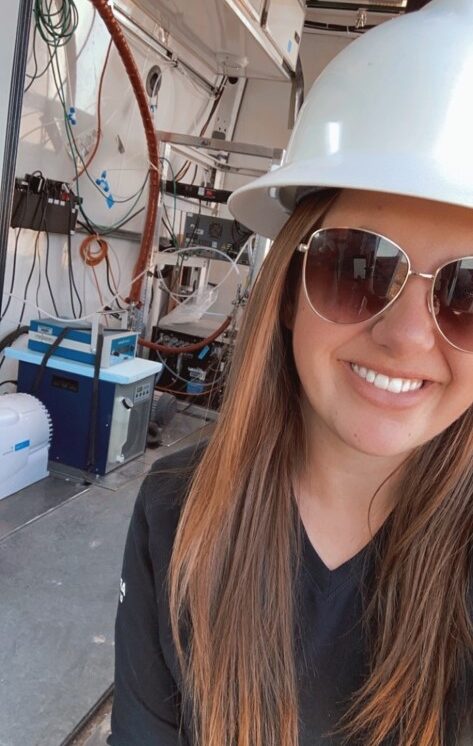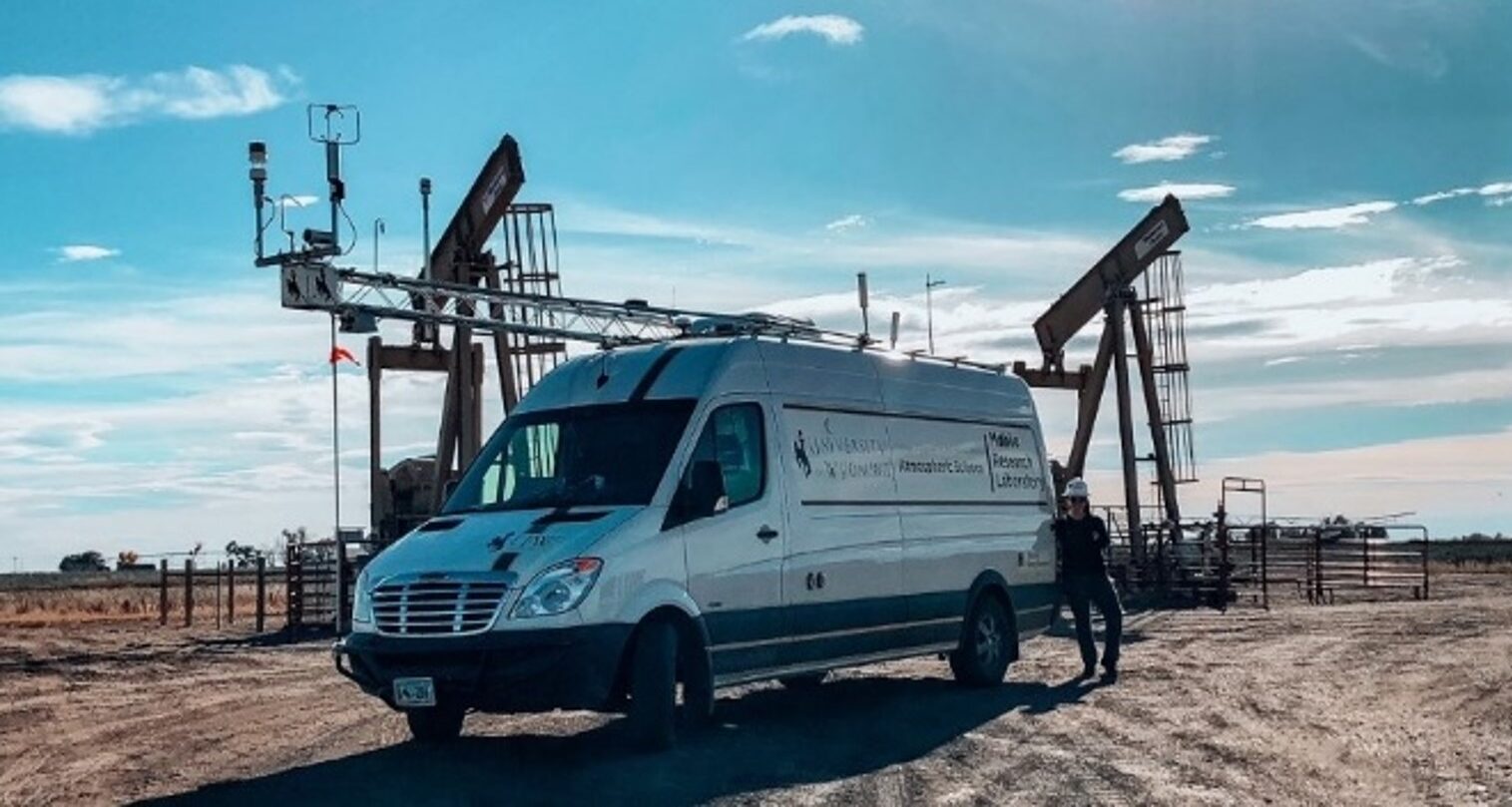Student Highlights: Kristen Pozsonyi
— MEET KRISTEN —
Class: Graduate Student
Major: Atmospheric Science
Kristen Pozsonyi is a third-year Ph.D. student at the University of Wyoming in the Department of Atmospheric Sciences. She was born and raised in New Jersey, and has loved weather ever since she can remember. She received a B.S. in Meteorology from Millersville University in Pennsylvania before obtaining her M.S. in Atmospheric Sciences at the University of Alabama in Huntsville.
In the summer of 2019, Kristen made her way to Laramie to begin her Ph.D. work. When not in the lab or writing papers, Kristen enjoys being outdoors, listening to true crime podcasts, and having fun around Laramie with her friends.
— KRISTEN’S RESEARCH —
Kristen’s Ph.D. research focuses on collecting and understanding emissions from oil and natural gas (ONG) production facilities. She is particularly interested in methane and volatile organic compounds (VOCs) because of their negative effects on global climate, air quality, and human health. Although there have been many studies centered on ONG facilities, there are still many uncertainties and variability between different ONG basins and measurement techniques.
Over the past three years, Kristen has participated in multiple field projects from locations in the Permian Basin in southeastern New Mexico, the Denver-Julesburg basin in northern Colorado, and the Upper Green River Basin in western Wyoming. Using the Atmospheric Science Department’s mobile laboratory, her team is able to drive very near and sometimes even on the actual well pads in order to collect critical data. They use a Proton-Transfer-Reaction Time-Of-Flight Mass Spectrometer (PTR-TOF) to obtain continuous VOC data, a Picarro Cavity Ringdown Spectrometer (CRDS) for methane data, and other meteorological instrumentation.
After collecting the data, she is able to calculate methane and VOC fluxes from individual ONG facilities, attribute them to different sources, and compare them to other measurement techniques such as aircraft and satellite measurements. After this, Kristen hopes to finish out her degree by completing past work from her research group that focused on VOC emissions from ONG-produced water disposal facilities.
This picture was taken during a field project in the Denver-Julesburg basin in Colorado. It shows the UW Atmospheric Science mobile laboratory that is used to collect all of our data. In the background, you can see parts of what a typical ONG facility (also known as a well pad) looks like. The equipment seen here are called pump jacks, which are used to extract oil from a well.
ABOUT STUDENT HIGHLIGHTS
Every year, we award fellowships to graduate and undergraduate students attending the University of Wyoming or one of Wyoming’s community colleges in order to provide them with the opportunity to do “real” research. Occasionally, we feature one of these students and their research on this blog. For more information about our student fellowships, visit our College Programs page.



